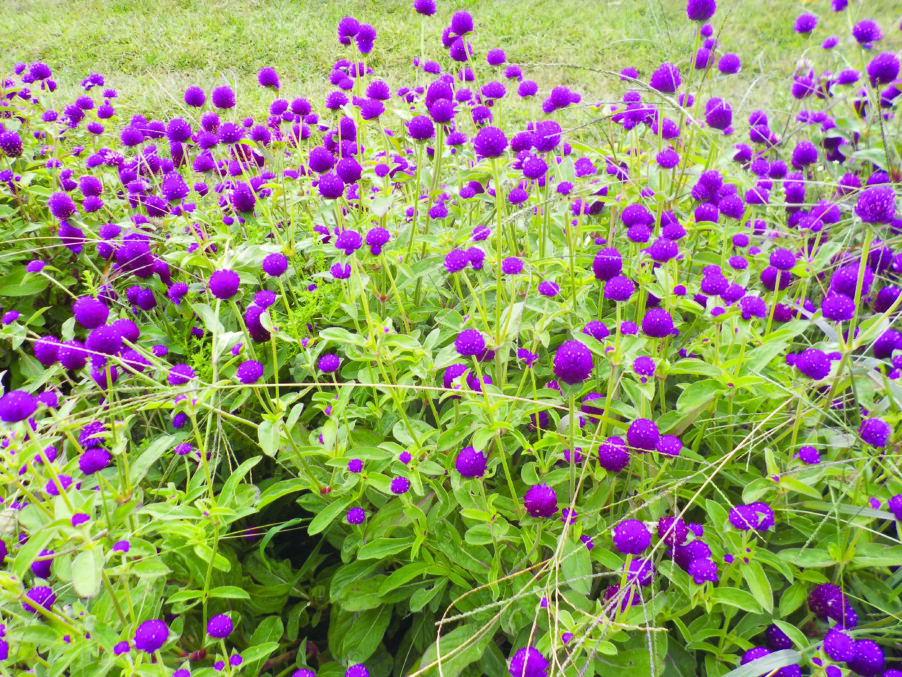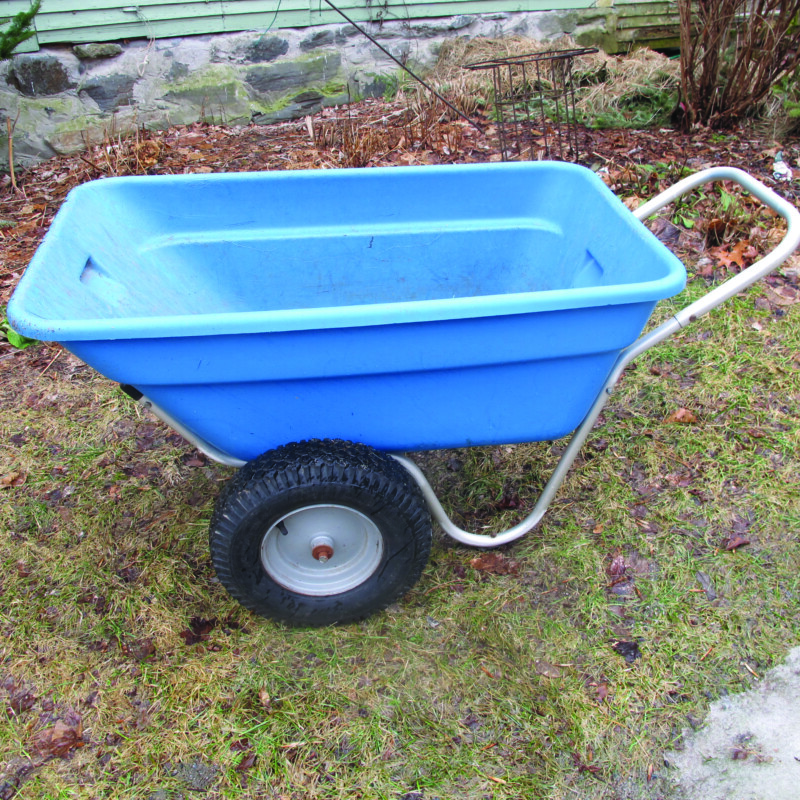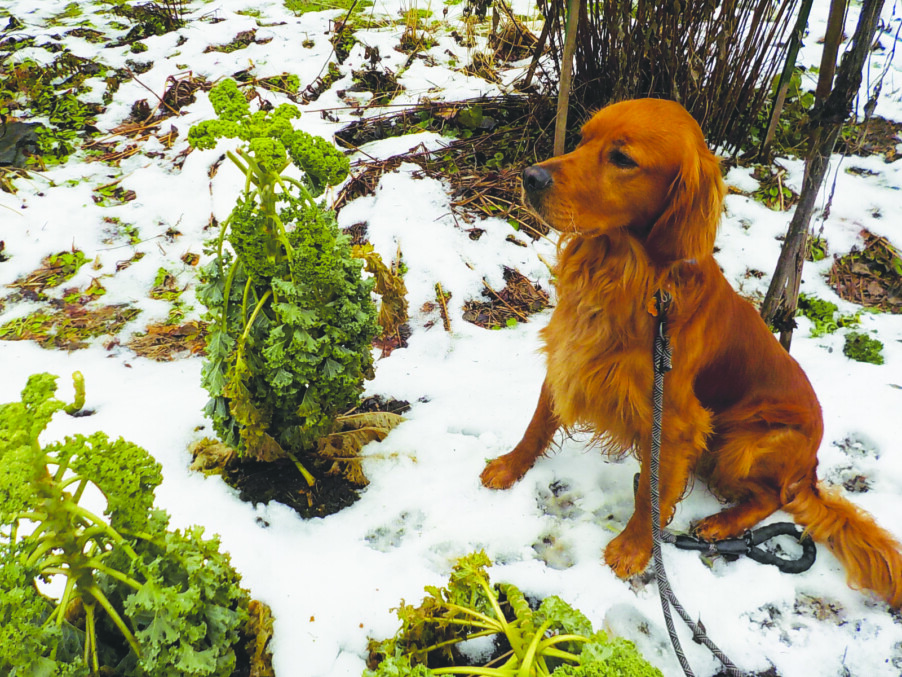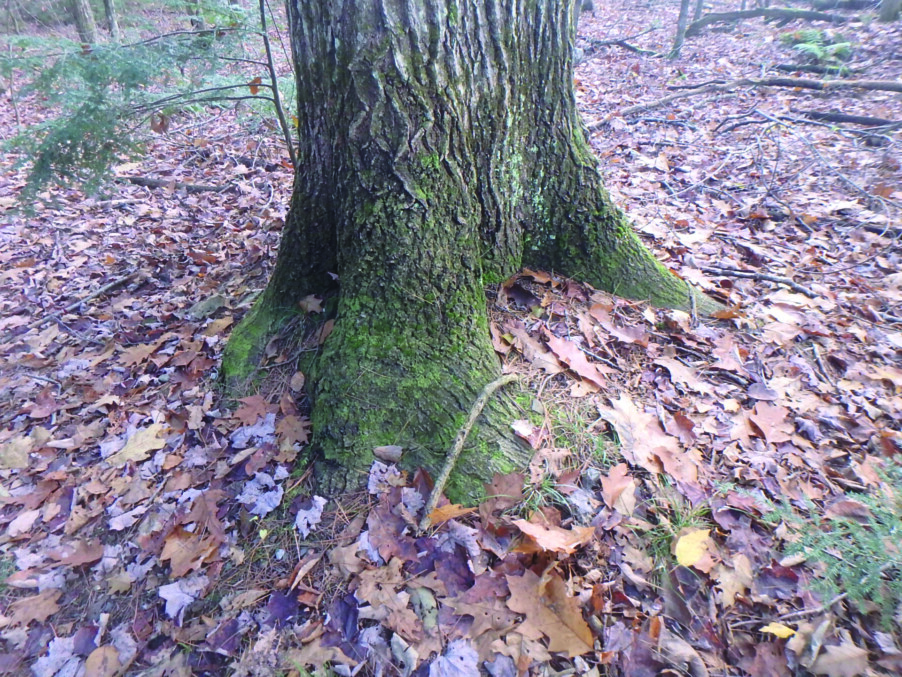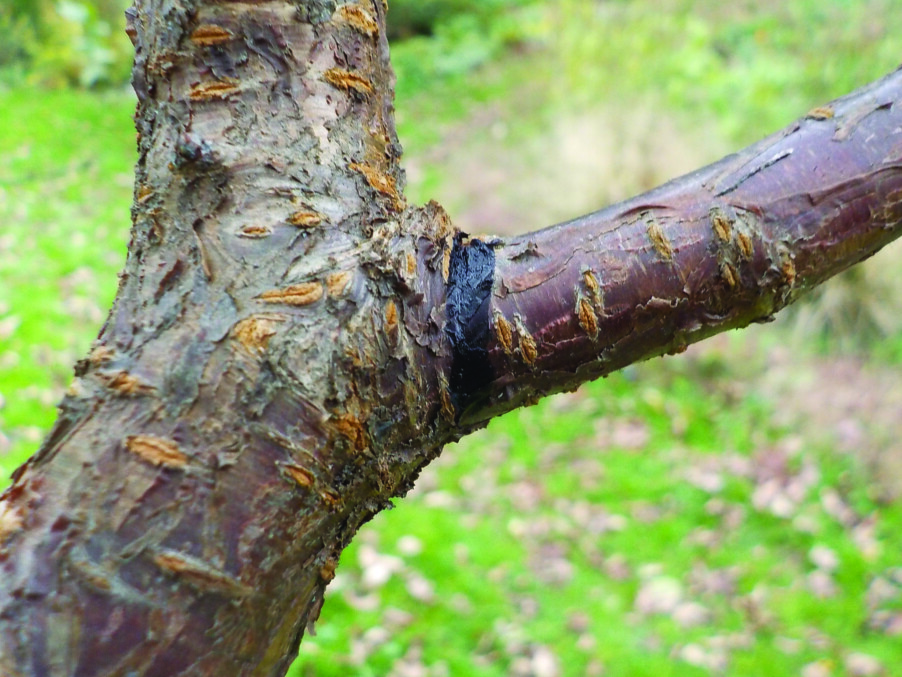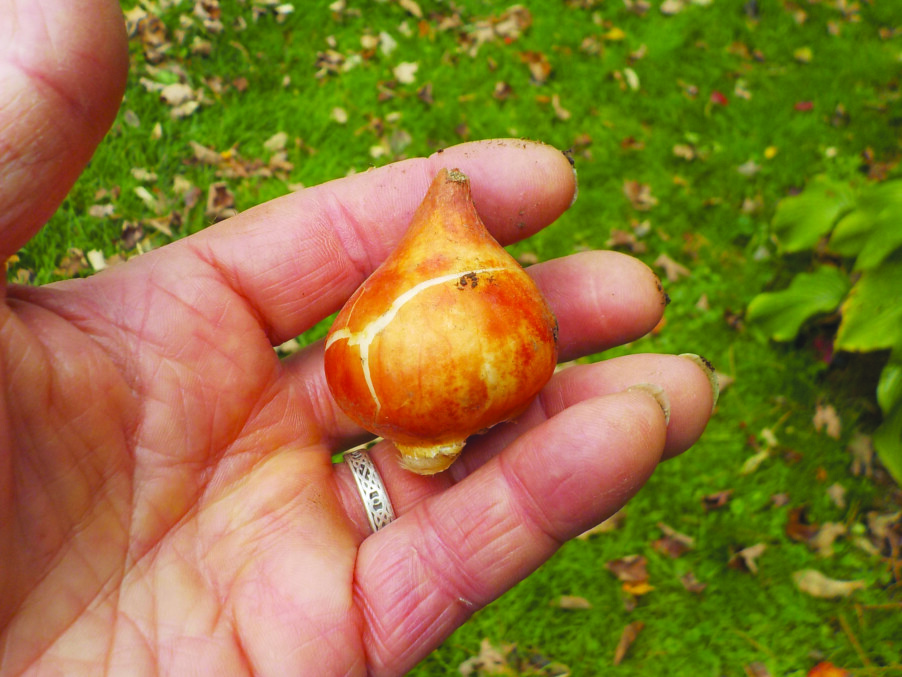As we begin 2024 I think it is good not only to look back but also to plan ahead. We can’t know if we’ll be facing hot and dry or wet and soggy this summer, or perfect conditions. But we can make plans and hope for the best.
For many of us 2023 was a disappointment. The summer was rainy much of the time. Vegetables like tomatoes and potatoes — vegetables that require lots of energy to build fruit or tubers — did not do well. Fungal diseases like late blight are most virulent with moist conditions, which we had in spades. And in my part of the world there was a late frost that spoiled the blossoms on our fruit trees — so no apples or pears. Sigh.
On the other hand, it was a great summer for newly planted trees and shrubs. I planted yet another pawpaw tree this summer, along with a fringe tree, an American hazelnut and a gooseberry. The soil stayed moist all summer from the rain, and all have done well.
Pawpaw (Asimina triloba) is a native fruit tree that is common in the woods of Pennsylvania and Ohio. The fruit is almost tropical in flavor, sometimes compared to a mix of mango and banana flavors. The trees are rated hardy to Zone 5 (minus 20 degrees F), but I have had one survive much colder temperatures — and another that died in a cold winter.
I have one pawpaw tree that is now 20 feet tall and 10 years old or more, but I am yet to get any fruit from it, despite the fact that it has blossomed. Apparently they are self-sterile, so in the past three years I have been planting new trees from different sources. Pawpaws send up root suckers, but these are genetic clones and not suitable for pollinating the mother tree.
A few thoughts about planting trees: First, preferentially choose trees and shrubs that are native to New England — or the United States. These are best for our birds and pollinators. And no, that doesn’t mean you should deprive yourself of the beauty of a Merrill or Jane magnolia. I just want to suggest a 90:10 or 80:20 ratio of natives to imported or hybridized varieties.
Secondly, if you plant trees in spring or summer, you must water during dry times. Fall is usually wet enough. A newly planted tree needs 5 gallons of water once a week distributed in a wide circle around it. A 2-inch layer of mulch will help minimize drying on hot August days and keep the mowers and string trimmers at bay. Mulch will also minimize weeds that compete for nutrients and water.
Some gardeners focus on growing vegetables, others on flowers. I want both. I started as a vegetable gardener, largely because there is little better in life than biting into a home-grown tomato warm from the sun. I grow heirloom tomatoes like Brandywine, Cherokee Purple and Ox Heart, but I also plant hybrids like Sungold, my favorite cherry tomato, and Defiant, which is resistant to some diseases.
If you grow open pollinated (heirloom) tomatoes, you can save a few seeds each year and dry them on a paper towel. Store them in a cool dark location and they will serve you well if you want to start your own seedlings, starting indoors in early April. But don’t save hybrid seeds,. as most will not breed true.
One of my readers wrote me this fall reminding me of something I wrote long ago: “I will make it through another winter because I want to see what else did.” It’s true. I can’t let age catch up with me because I want to see the annual show: snowdrops blooming in March; my Merrill magnolia, which blooms each year with 1,000 double white blossoms on my birthday in April; and the Japanese primroses — 500 to 1,000 of them beginning in May and lasting until mid-June.
My advice about planting flowers is simple: Grow what you love. Grow what your Grammie and mother grew. Grow what stops you in your tracks when you see if for the first time each season. Plant more of your favorites each year, or divide them and spread them out to new corners of the property. But keep it simple: Don’t plant so much that weeding becomes a dreaded chore.
I love arranging flowers and keep a vase of my own cut flowers on the table from March until after Halloween. You can do this if you plant lots of bulbs for early spring, your favorite perennials, and very importantly, this: plant annual flowers. Annual flowers keep on blooming all summer if you keep them from going to seed.
It’s easy to buy six-packs of annuals in spring and plant them in your perennial beds as well as in your vegetable garden. Most like full sun or part sun/part shade. And don’t fertilize annuals in the garden — too much nitrogen promotes leafy growth but delays flowering. Potted annuals do need some fertilizer as the fertilizer in potting mix is water-soluble and gets used up or washes away.
Remember, as you ponder your plans for a garden while looking at a snowy landscape, that gardening should be fun. My garden is my respite. It’s where I go when the world is too much with me. So do some planning now. And dream.
Henry’s column will appear about once a month this winter. Reach him at henry.homeyer@comcast.net or PO Box 364, Cornish Flat, NH 03746.
Featured photo: Gomphrena, an annual, is great in arrangements. Photo by Henry Homeyer.

